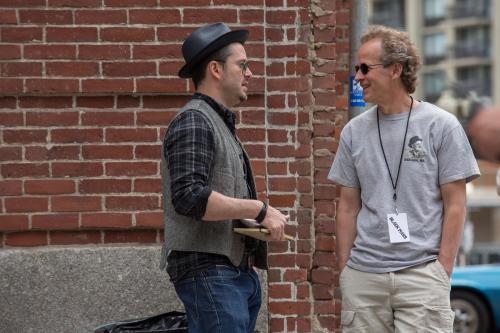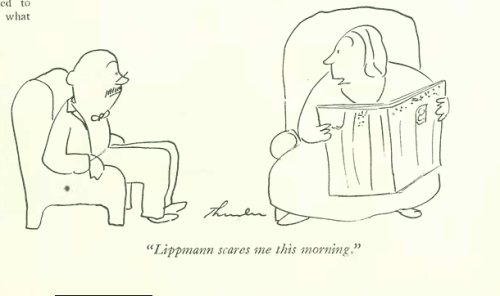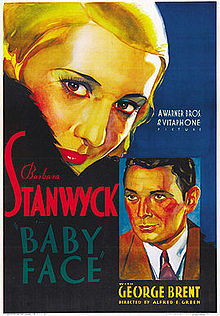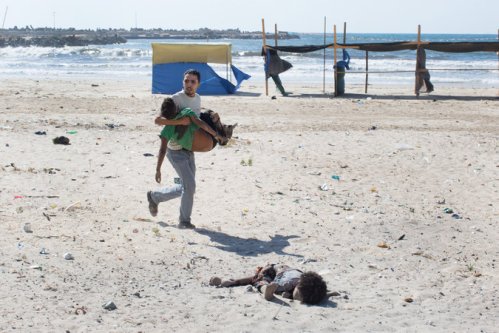By Christopher B. Daly
A tip of the old scally cap to Dick Lehr — my colleague at Boston University and an old friend. He has a front-page piece today in his old employer, The Boston Globe, about his experiences visiting the film sets for the shooting of the feature film being made based on his book Black Mass. That excellent book, which Dick co-wrote with his former Globe colleague Gerry O’Neill, is the basis for a film being made with Johnny Depp, Dakota Johnson, Kevin Bacon, Peter Saarsgard, and Julianne Nicholson (who should not need any Boston-accent coaching, since she is a native of my hometown — nearby Medford, which was a stronghold of the Italian mafia that Whitey helped to bring down.) Personally, I am looking forward to the performance of Benedict Cumberbatch as Whitey’s brother, Billy — the former state Senate president, whom I covered from 1983-1989.
Dick told me yesterday that he has been spending a fair amount of time on the set, consulting about details for director Scott Cooper. The Globe says Dick will also have a cameo role in the film.
In his piece today, Dick struggles to describe his feelings as an author seeing specifics from his own reporting rendered into scenes and dialogue. Most compelling is the performance of Johnny Depp, who has occupied the role of the gangster and murderer Whitey Bulger. According to Lehr:
Whitey is fully in command, cold and calculating. In a close-up, there’s that terrifying look in his eyes. When the director yells, “Cut,’’ the filmmaking spell may be broken, but everyone viewing in the video tent stays quiet, still mesmerized, as a big chill lingers from the scene just finished a few yards away.
He compares his own experience as a journalist/writer to the reaction recorded by Truman Capote on the set of the filming of the movie “In Cold Blood,” based on his true-crime story. In Dick’s version:
Truman Capote once wrote an essay about visiting the set during the 1967 filming of his book “In Cold Blood,” and I wish I could compose lines as artful as his to describe the experience of seeing an actor who has brought an antagonist you know to life.
“I thought a ghost had sauntered in out of the sunshine,’’ he wrote about seeing Robert Blake for the first time portraying the killer Perry Smith. Capote said he had trouble processing the “mesmerizing reality’’ of the actor cast as Perry, because he was Perry, and that’s how it was with Johnny: He was Whitey. It was disorienting, “like a free fall down an elevator shaft,’’ as Capote put it. “The familiar eyes, placed in a familiar face, examining me with the detachment of a stranger.”
 All of which brings to mind the larger trend of works of journalism in the hands of filmmakers — either Hollywood feature
All of which brings to mind the larger trend of works of journalism in the hands of filmmakers — either Hollywood feature  film directors or documentarians. Over the decades, plenty of true stories have been told first by journalists and then by filmmakers. From Guadalcanal Diary (book by Richard Tregaskis, film by Lewis Seiler) to The Perfect Storm (book by Sebastian Junger, film by Wolfgang Petersen) and on to the current filming of Black Mass, it has been a long and productive alliance.
film directors or documentarians. Over the decades, plenty of true stories have been told first by journalists and then by filmmakers. From Guadalcanal Diary (book by Richard Tregaskis, film by Lewis Seiler) to The Perfect Storm (book by Sebastian Junger, film by Wolfgang Petersen) and on to the current filming of Black Mass, it has been a long and productive alliance.
What are your favorite examples of works of journalism providing the basis for films? Let’s get a list going.






